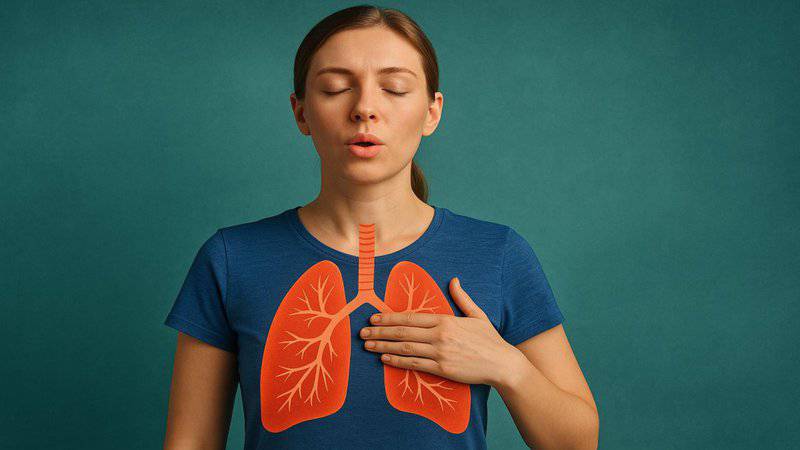Take a deep breath—are you sure you’re doing it right?
Modern habits, from hunching over screens to chronic stress, have quietly sabotaged the way we breathe.
Most adults now rely on shallow, rapid chest breathing that undermines energy, focus, and even emotional health.
When your breath is broken, everything from sleep to mood suffers.
The good news? Restoring healthy breathing patterns is possible—and it can transform how you feel, perform, and even age.
Let’s explore how fixing your breath can change your life.























